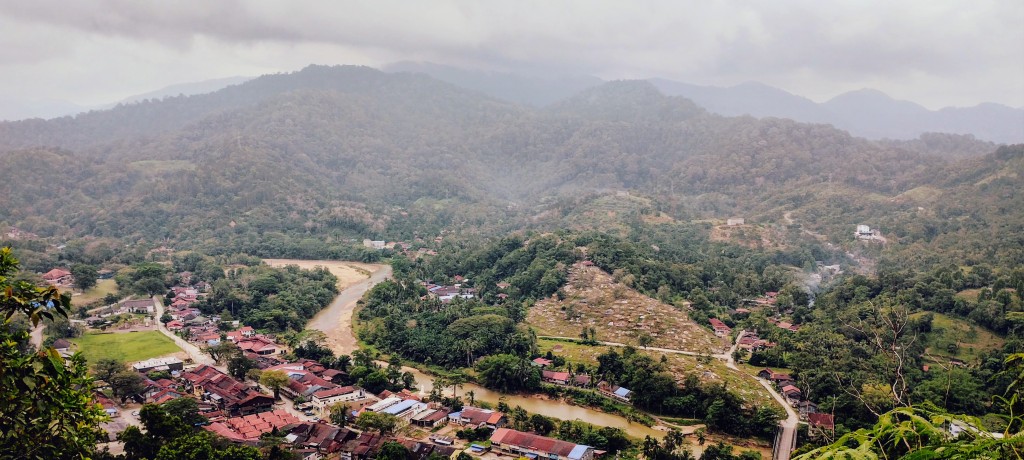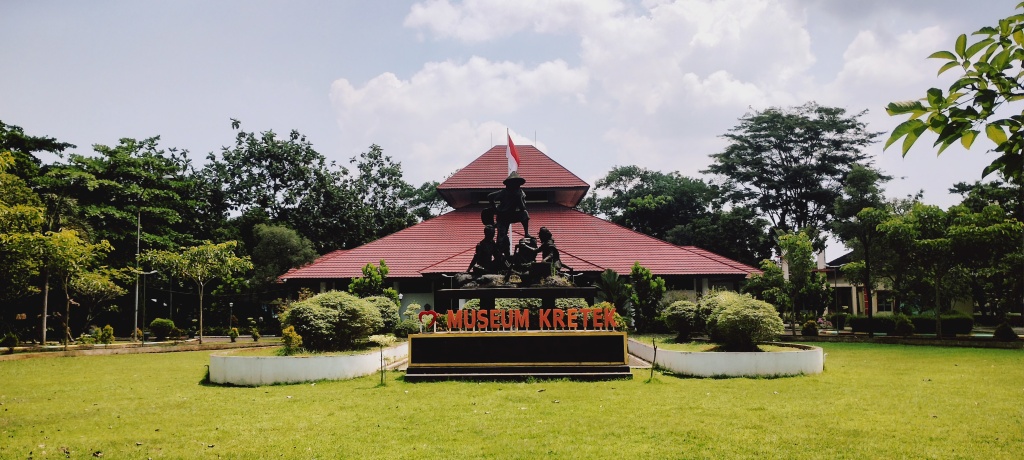Things other than boundary lines mark where one area becomes another in Indonesia.
Numerous echoes of tradition weave together to form a complex tapestry that communicates life’s particulars: folklore and stories that shaped the archipelago’s cultural, social and religious mores; food and flavours that correspond to unique regional tastes and textures; clothing that reveals a person’s origins in a single glance; these aspects, and many more besides, pulse with an essence that solidifies intangible notions of place: a shifting convergence as distinct as Indonesia’s eight regions and as wide as the seas that divide them.
The same is true of dance. From the tip of Sumatra to the borders of West Papua, each style corresponds to a particular set of principles and values, defined as much by their ritualism as their philosophy: in Aceh, Saman celebrates the birth of the Prophet Muhammad, while the Tor-Tor dance in Samosir invokes ancestral spirits and brings them forth into stone statues; Yogyakarta’s Serimpi symbolises the regal character of a Javanese court and further west, Bali’s Kecak sees its chanting practitioners fall into a trance-like state; the Caci dance of Flores, with its one-on-one dexterity test, whips and shields, exemplifies sportsmanship, respect and rising above petty grievances. And contributing to this canon is Topeng Dalang: the Madurese mask dance.
Royal Start
The formation of this particular style, otherwise known as Wayang Topeng Madura, traces back to the 13th century when it took root in royal circles. Adipati Wiraja, a prince from the Hindu kingdom of Singasari in East Java, brought masked dancing to Madura in 1270, where the dance continued to develop as it spread to the eastern Sumenep Regency under the auspices of Te Arje Ningprang.
Initially, the style was the sole preserve of royal audiences as a spectacle to welcome their guests. However, as the nobility’s influence waned, dimmed by changing economic and political circumstances, the performers instead presented their craft to the wider population. The proliferation of Islam by messengers like Sunan Cendana provided further alterations, imbuing the stories with more spiritual, moral and philosophical values.

Topeng is a form of folk theatre with a ritualistic tone, featuring silent dancers and an off-stage narrator – the nominative dalang. Like other dance styles, Topeng’s meaning encompasses acting, movement, music and puppetry to convey the complexity of ritual tradition: one moment gratitude, the next, expelling disease and evil spirits.
Ceremonial Role
These dances usually occur at times of celebration, invocation or thanksgiving. The wedding and circumcision ceremonies of mantenan and sunatan, respectively, typically involve a Topeng performance, as does ruwatan, which intends to cleanse children of ill luck. Lore dictates a yellow snake crossing the stage during the latter signifies good luck and that the ceremony will run smoothly. A sense of balance permeates such performances: witness, for instance, the rokat rituals, in which the Madurese ask their ancestors for blessings to avoid unforeseen disasters and harmonise the universe and the self.

Topeng bears similarities to other forms of Javanese and Balinese theatrical performances, such as Wayang Orang. Hypnotic ebbs of gamelan soundtrack the performances, and the dancers’ statuesque, controlled movements embody themes from the Ramayāna or Mahabharāta. But it is also here that Madura’s contribution to the form becomes apparent: in Topeng Dalang, the actors use masks, intricately designed and brightly painted, that convey distinctly Madurese traits: such features, the product of generations-old craftsmanship, serve not only to identify the duality of Madura’s firey stiffness and innocent honesty but also subtly characterise the island’s coastal and rural communities.
Read more: Why does Arek Lancor symbolise the spirit of Madura?
As is the way of these things, regional variations indicate the proclivities of their people. The Slopeng masks, for instance, are identifiable by their jasmine and sun decorations and intricate face carvings, with exaggerated shape, eyes, nose, eyebrows, mouth and facial hair. The idiosyncratic masks cover the dancers’ faces except for the chin: leather straps ensure the coverings do not fall away to reveal the performer underneath. And such is the masks’ unique design and appearance, testified to by the care that sees them hand-carved from wood, that they are a regional speciality in great demand for other such performances on Java’s mainland.
Striking Look
Part of this interest lies in the masks’ precise designs that overcome the detachment of obscured performers. Elaborate facial details automatically designate the character as protagonist or antagonist, while the colours symbolise different traits: red for dynamism, gold for grace and gentleness, yellow for nobility, green for dedication and black for wisdom. Thus can the audience identify with the contrasting personalities on display and find something they recognise in themselves.
Although the masks gave Topeng Dalang its name and thus drew the most attention, the costumes also augment proceedings with magisterial pomp. Paraphernalia is pivotal, in the form of hairpieces, necklaces, bracelets, headwear and all kinds of props. Most expressive are the ghungseng sleighs: these bells, attached to the ankles, sound each time a dancer moves, generating rudimental percussion that mirrors the story’s pace, and allows communication between the cast and narrator.

Performances, often a ritualised midnight-to-dawn show comprising four or five main sections, tend to involve around 25 cast members. A defining trait is the interaction between the performers and the off-stage dalang: the former group remains silent and only makes body or facial movements that correspond to the beat and storyline driven by the latter, who possesses the performance’s sole voice. The dalang also leads the gamelan orchestra of drums, xylophone, gong, kenong, gender, ponggang, bonang, peking and, occasionally, a Madurese saronen reed instrument.
Within the narrator and performers reside a compendium of movements and motifs and how best to fit them to the musical accompaniment. The performances, whilst textured and nuanced, retain an air of improvisation: the players know the framework for each dance and, via a system of signals and conventions, can instinctively piece together seamless dance that flow naturally for hours at a time.








Leave a comment